The use of special inks, paints and pigments in the toy industry and games for children and adults
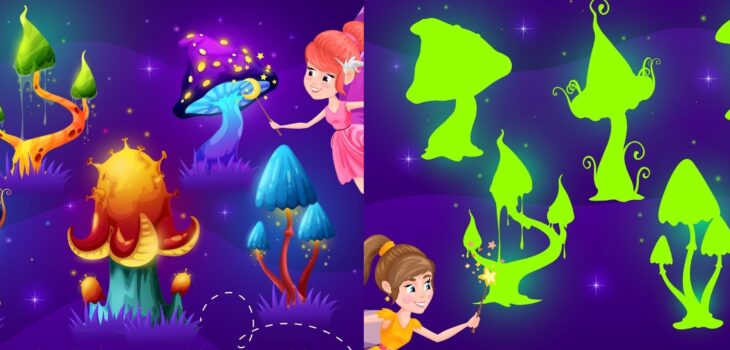

Special inks, paints and pigments serve us everyday. They work in many very demanding industries. Also in those which come into contact with food or children on a daily basis. The youngest recipients are contantly being exposed to all kinds of danger, therefore inks, paints and pigments are faced to comply with a number of specialised requirements and standards. They should not only serve their basic functions, which is giving toys and games a unique look, but also protect them from damage so that they are durable and can serve for years. First of all, they must be safe for children. How are paints and pigments being adapted and used in the toy industry?
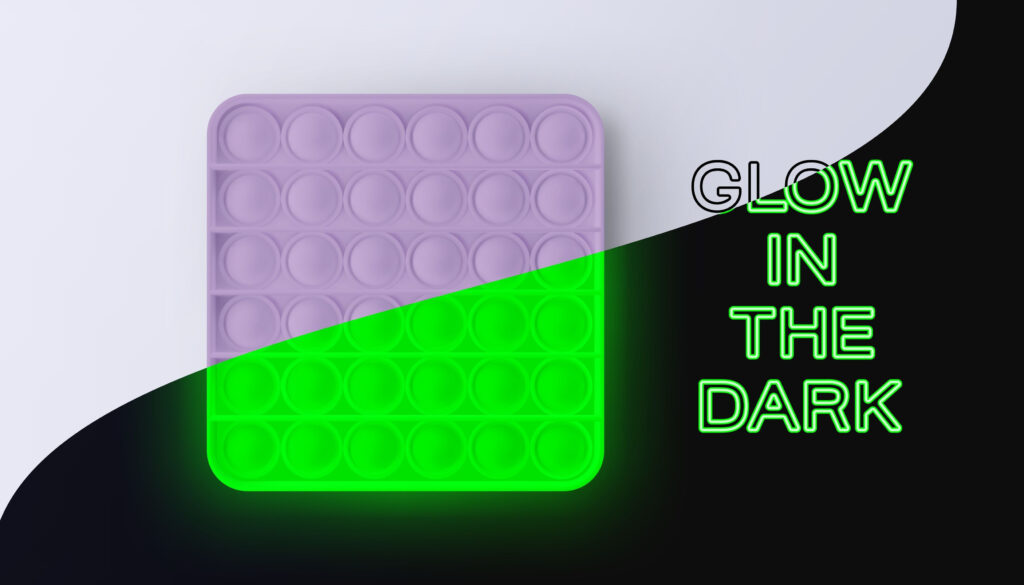
Special inks and paints in the toy industry – which tasks are they supposed to fulfill?
Games and toys for children face a very difficult task from a technical point of view, having constant contact with the youngest ones. Inks, paints and varnishes must not expose the user for injury in any way. Regular paints which were not appiopriately used, can be dangerous and harmful for health. Their pigments may happen to be carcinogenic or have dangerous influence on nervous system or lead to brain damage. In case of children, they can also trigger asthma or all kinds of allergies. This is why it is so important to carefully pay attention to the type of coating on toys, games, or furniture allowed to come into contact with the youngest ones.
Apart from that, inks and paints used in the toy industry must also be visually attractive, because this is when they are fully functional. This make the toys look good, therefore they are attractive to children. Many inks and paints are in use due to the special effects they cause, so attractive and desirable to children – for example, inks and paints which appear under the influence of temperature, sun, water, touch, darkness, special light (e.g. UV), or sparkling multicoloured pigments, metallic ones which imitate gold or silver, etc. It opens a variety of possibilities for producers of creative and developing toys, colouring books or games for children.
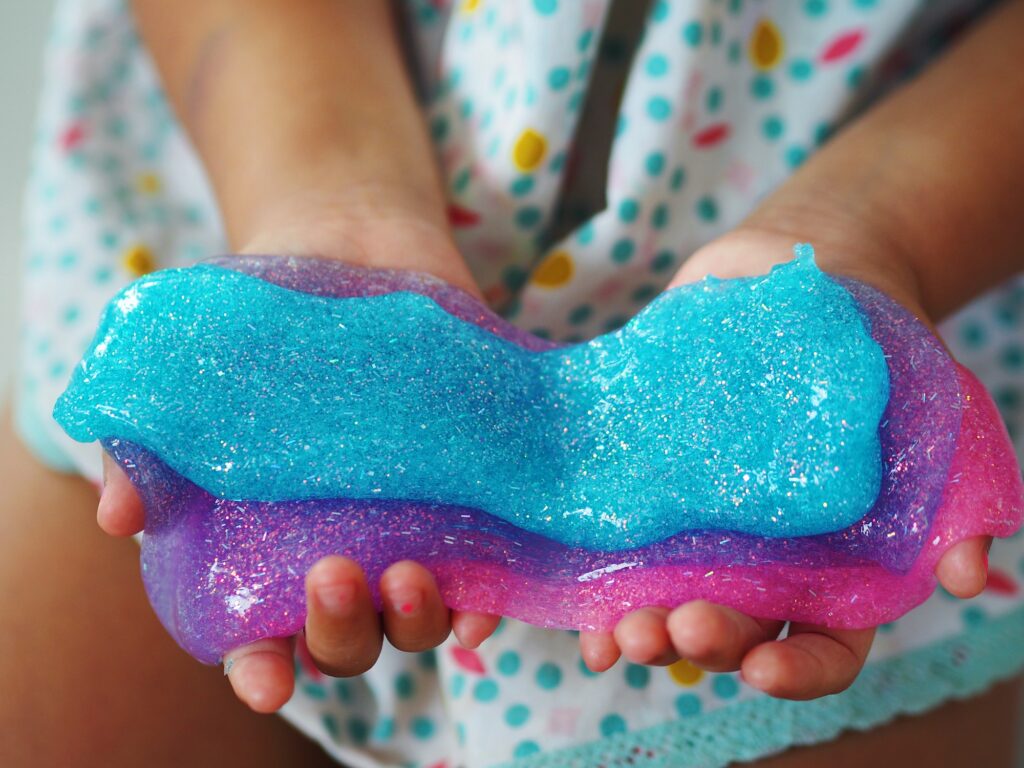

Certificates of special inks, paints and pigments for children – which norms do they have to comply with?
The properties of inks, paints, varnishes and pigments used in production of toys are strictly defined by safety standards. They predict children’s behaviour as well as functions and construction of a toy both when it is being used as intended as well as in an unpredictable manner. Before a toy lands in children’s hands, it must undergo a detailed laboratory inspection. The substances which are not allowed in special inks, paints and pigments used in the toy industry, are defined in two standards: PN-EN-71-9 and PN-EN 71-3.
PN-EN-71-9 „Safety of toys. Organic chemical compounds”
The PN-EN-71-9 standard allows to exactly interpret the determination of content of colorants, dyes, formaldehyde as well as the migration of monomers, wood preservatives and plasticisers. This standard prohibits the presence of organic chemical compounds.
PN-EN 71-3 „Safety of toys. Migration of specific elements”
The PN-EN-71-3 standard details a migration of specific elements. It accurately describes the requirements regarding migration and the content of specific, dangerous substances by various ways of exposition, such as: ingestion, contact with skin, eye contact or inhalation.


Examples of inks and paints used in the toy industry and games for children and adults
There are as many special paints, varnishes and pigments used by producers of toys and games as there are many ideas. Modern paints and varnishes give us many new possibilities, not only when it comes to the appearance of toys, but also in terms of their properties. Which paints are used in the toy industry?
Irreversible hydrochromic tinting inks for printing
Irreversible hydrochromic tinting inks are a special kind of pigments which become coloured (they are originally black) after coming into contact with water. This is very often used by creators of creative colouring books for children. The initial colour of the ink is black, which, under the influence of water, turns into red, blue, or green. A child can paint with a wet brush on a dotted printout and watch it slowly tint without using traditional paints. These colouring books not only improve child’s development, but are also convenient and practical both at home and on the go.
Inks and paints changing colours under the influence of external factors
In the toy industry you can also come across the use of special chromic inks and paints, which react to specific exterfnal factors. Thanks to it, toys and games could change colours under the influence of e.g. temperature (thermochromic inks and paints), light (photochromic ones), impact (piezochromic ones), water (hydrochromic ones), safe chemicals (chemochromic ones), darkness (phosphorescent ones), UV or IR light (invisible fluorescent as well as IR ones), after plugging into the electricity (photoluminescent and conductive), etc.
Scented varnishes in sensory games
Games for children are not only supposed to provide entertainment, but also contribute to the development of the young ones. This is why sensory games, which allow the child to get to know their own senses and the world around them better, are being chosen so often. Producers of games and tous often use scented varnishes, which provide a new, attractive stimulus.
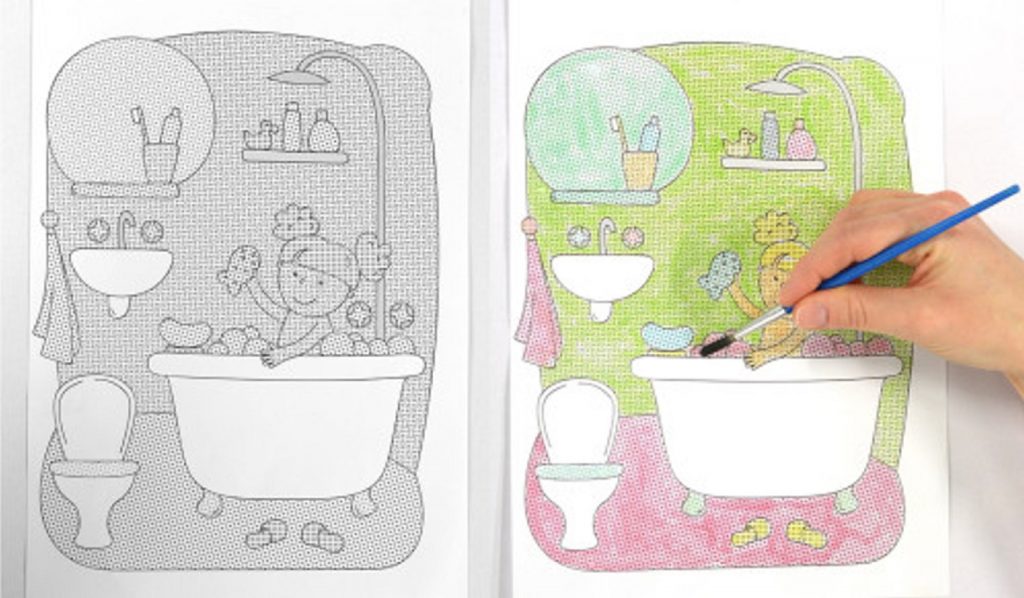

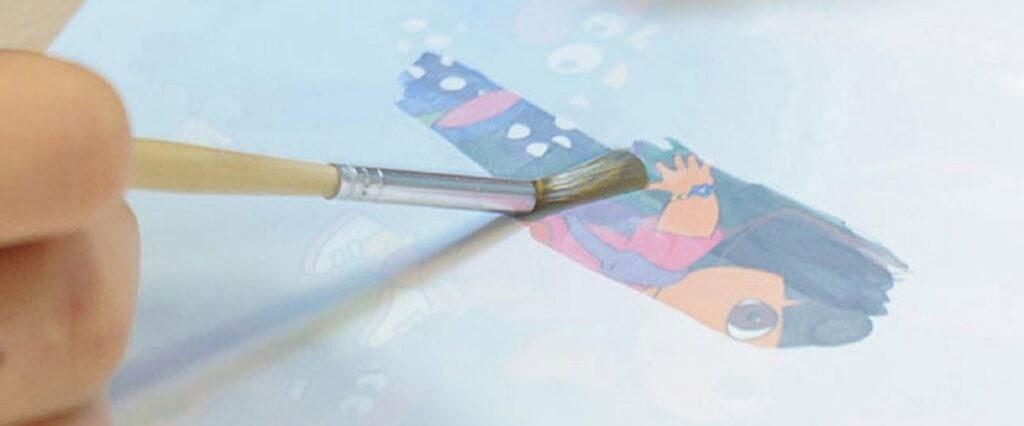

Phosphorescent paint – glow-in-the-dark toy
A very interesting solution, often used by toy producers, are also phosphorescent paints and varnishes. During the day, they absorb UV radiation in order to emit it at night. Thanks to this, toys can glow in the dark.
Gold and silver paints to add glamour, glitter, and attractiveness to toys
Paints imitating gold or silver as well as their multicoloured versions are used in order to add attractiveness, palace chic, baroque sparkle to toys and games for children. These items can closely resemble those made of truly precious metals, giving the child the opportunity to kind of transport to the land of real princesses and knights.
Scratch-off inks in toys and games for children
Scratch-off inks or the ones revealing a hidden information after rubbing in a way, are often used in board games, gaming cards, children’s lotteries, etc. After scratching off the top layer of ink (scratch-off inks), rubbing the ink with coin (coin-reactive inks) or erasing the printout with a rubber, a previously hidden message or an information about a prize or next steps in a game etc., is revealed.
Perceptible and structural inks and paints in toys and games for children
Perceptible varnishes may serve not only visually impaired and blind people in reading texts in Braille alphabet. They can also be used in all kinds of games and toys for children, creating super smooth, satin, matte, velvety, velour, interesting and unusual surfaces, shapes and texts perceptible to the touch, etc.
Varnishes with sparkling and shimmery pigments used in toy production
Varnishes with glitter, sparkling and shimmery pigments, shining like pearls or rainbow under the light, changing colour depending on a viewing angle are often used in toy production to emphasise the exclusiveness, beautify, attract the child’s attenetion etc. These pigments can be easily printed on a surface of games of pachakings or to simply sink into a mass of material the toy will be made of.
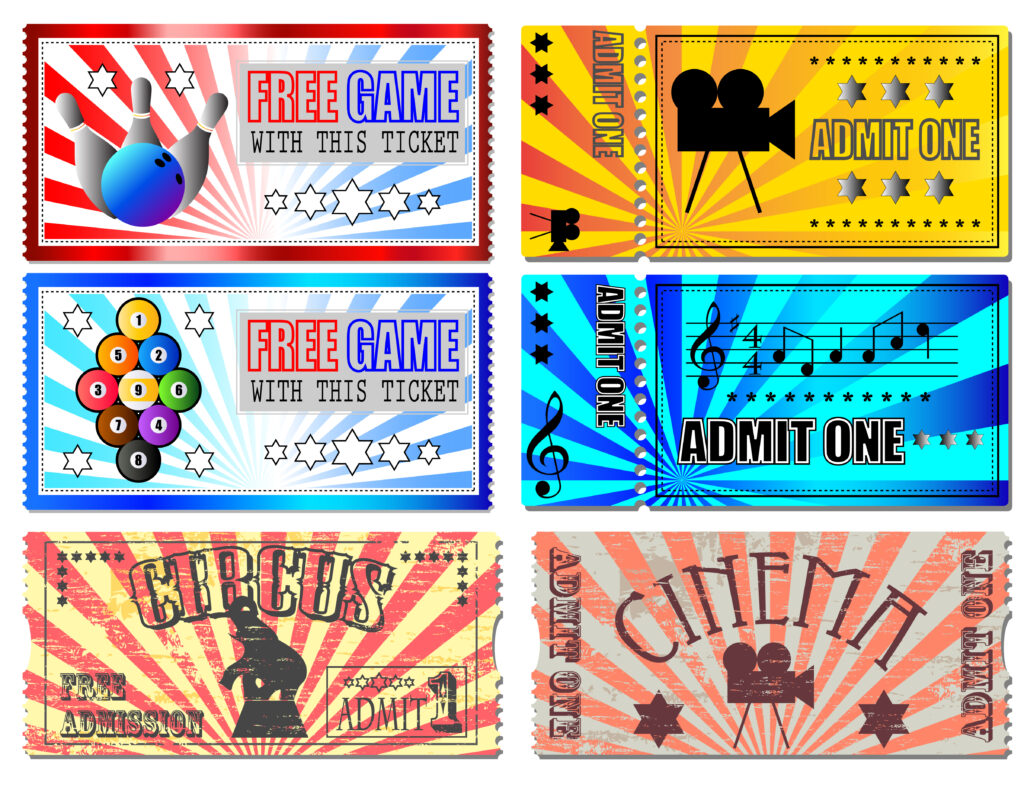

We help you choose a product!
We are here to help you choose a special ink/paint or varnish for your specific project!
Tailor-made products are our specialty.



